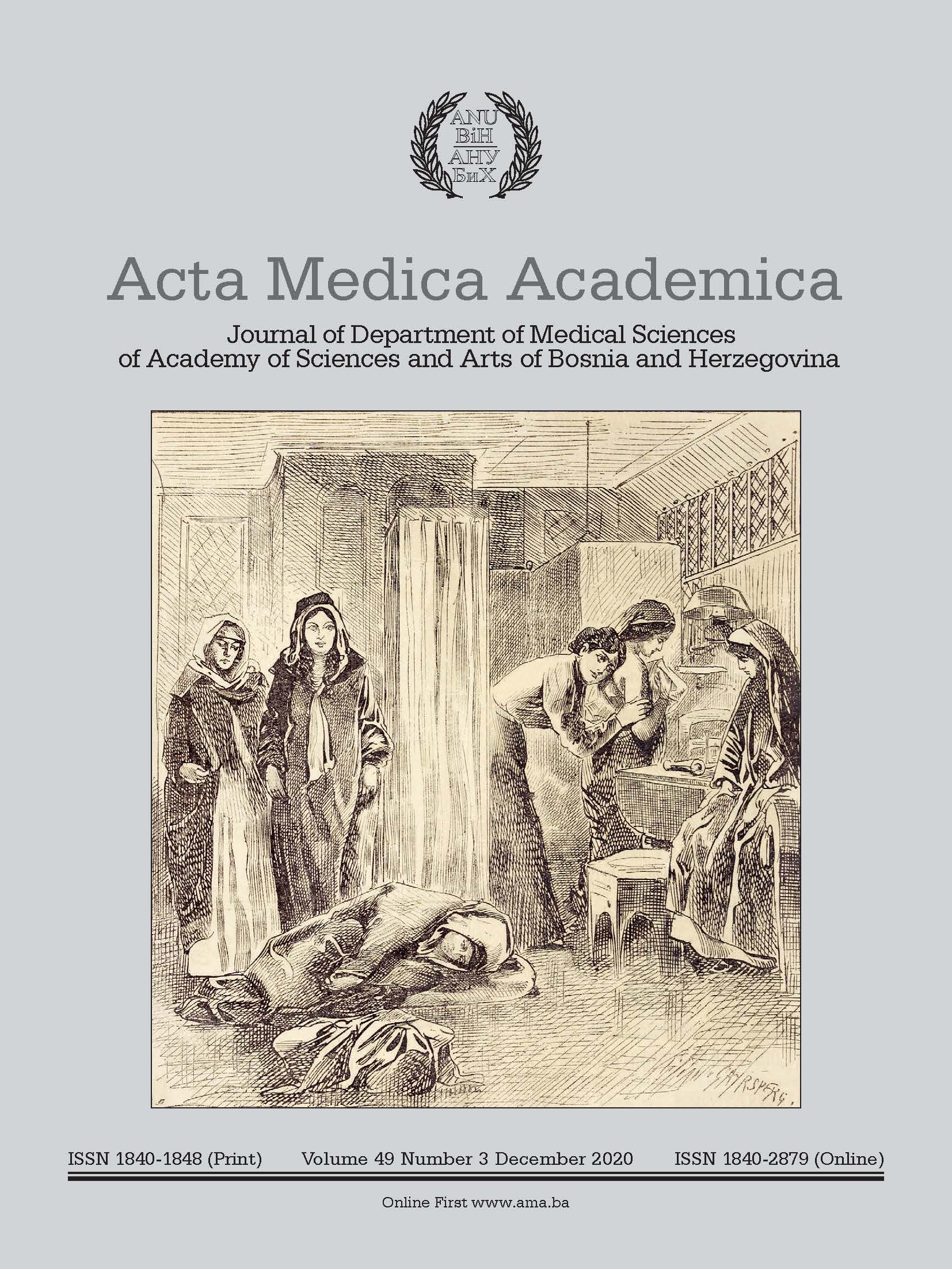Stereotactic Body Radiation Therapy (SBRT) for Liver Oligometastases: Outcomes and Safety
DOI:
https://doi.org/10.5644/ama2006-124.311Keywords:
SBRT, Liver, OligometastasesAbstract
Objective. The aim of this study was to investigate adverse effects, progression free survival (PFS), one-year local control (LC) and one-year overall survival (OS) of patients with liver oligometastases treated with stereotactic body radiotherapy (SBRT), and whether there was a significant difference in these parameters in patients with primary colorectal cancer compared to other tumor localizations.
Patients and Methods. Patients were simulated using four-dimensional computed tomography (4DCT). Using volumetric modulated arc therapy (VMAT) technique, SBRT was performed on 16 patients with <3 liver metastases. The prescribed dose was 60 Gy in 8 fractions (BED 105 Gy). Cone beam CT (CBCT) was used for image guidance before each fraction with online correction.
Results. There were no adverse effects. Median PFS for all patients, patients with primary colorectal cancer, and patients with primary non-colorectal cancer was 11 months (SE 2.1), 16 months (SE 2.8), 6 months (SE 2.4), respectively. There was no significant difference in the PFS for these two observed groups (P=0.09). The one-year LC was 62.5%. Patients with primary colorectal cancer had one-year LC of 87.5%, while the group of patients with primary non-colorectal cancer had one-year LC of 37.5% (P=0.063). The total one-year OS was 87.5%. In the group of patients with primary colorectal cancer, the one-year OS was 100%, while in the group of patients with primary non-colorectal cancer, the one-year OS was 75% (P=0.317).
Conclusion. SBRT with 8 × 7.5 Gy can be safely delivered and is effective method of treating liver oligometastases.
Downloads
Published
Issue
Section
License
Copyright (c) 2021 Dejan Cazic, Goran Marosevic

This work is licensed under a Creative Commons Attribution-NonCommercial 4.0 International License.






